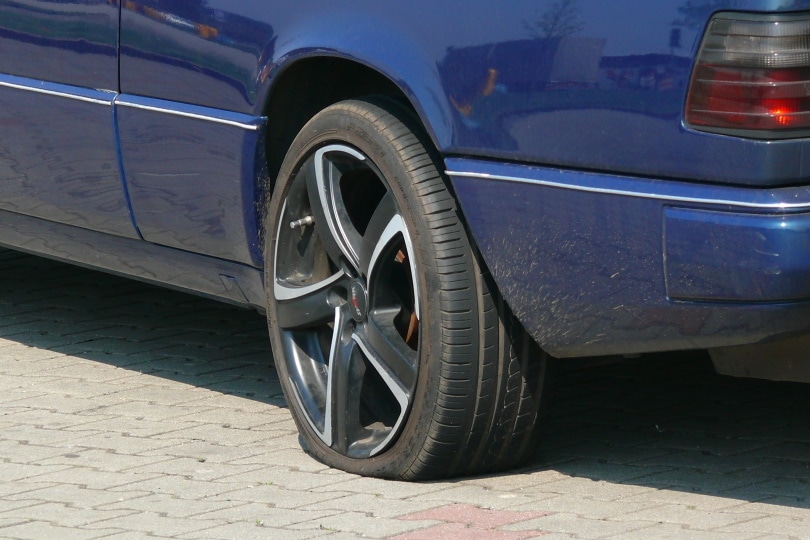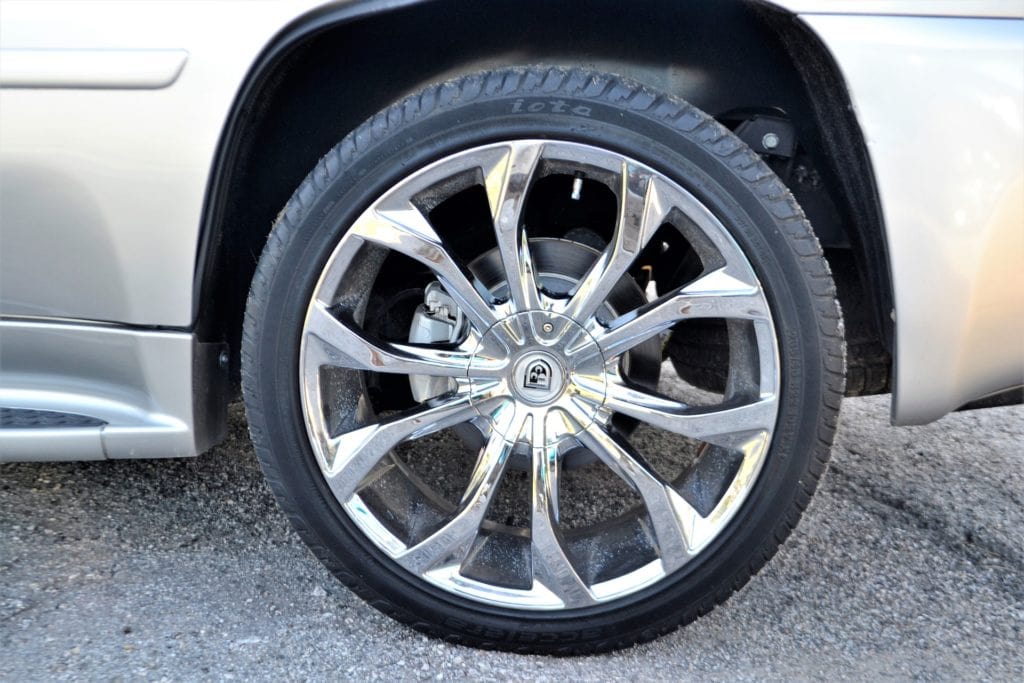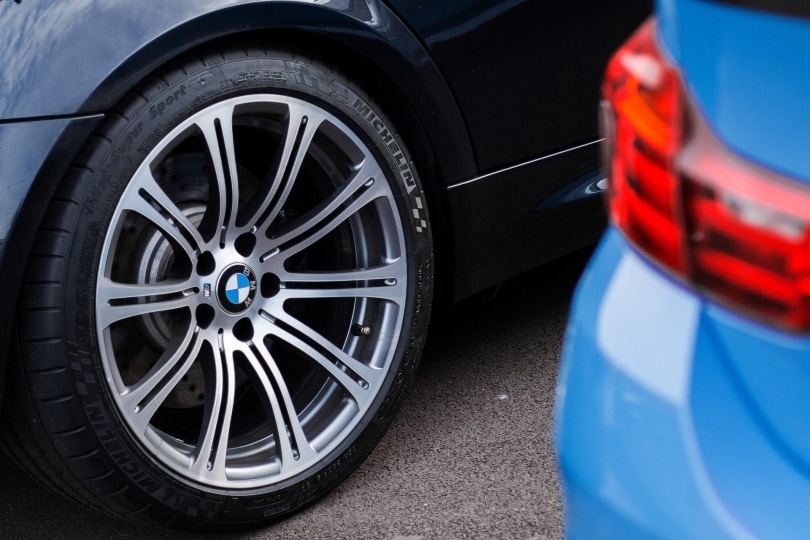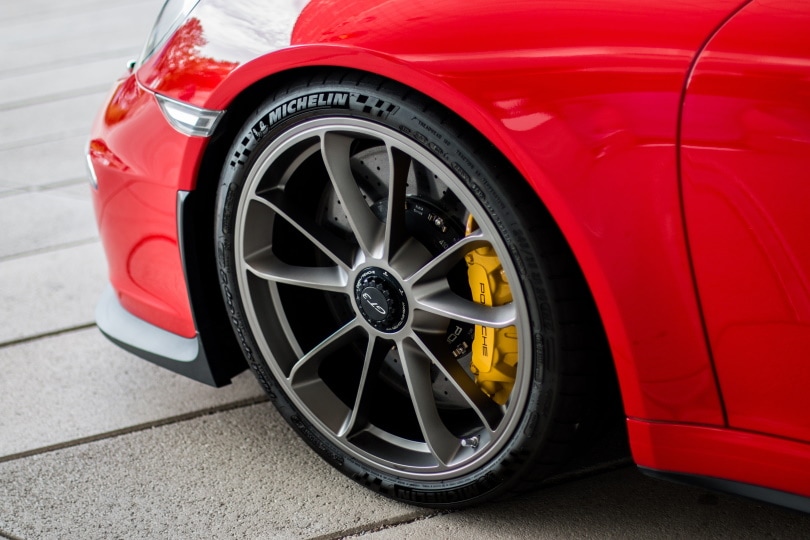What Are Run-Flat Tires? Pros, Cons & FAQs
-
Visnja Radosavljevic
- Last updated:

Run-flat tires are becoming more popular these days and many automotive manufacturers use them as standard in their newer vehicles. More and more people are inquiring about these tires, trying to find information about their benefits, drawbacks, and exact uses. They have a zero-pressure system that can support your vehicle’s weight for enough time for you to seek help and fix your car tire.
If you’re one of the people who heard of run-flat tires but were unsure of how they function, we’re here to explain the topic further. Check out the rest of the article and learn more about the key features of run-flat tires.
How Do Run-Flat Tires Work?
Run-flat tires are similar to spare tires, although they function on a different principle as they are integrated into the actual vehicle tires. Their purpose is the same—run-flat tires will help you safely get to a mechanic workshop if your tire gets a puncture. They have a zero-pressure system that can support your vehicle’s weight for enough time for you to seek help and fix your car tire. Still, similar to regular spare tires, you cannot drive on run-flat tires for a long time, and you need to drive slower than usual.
Typically, most manufacturers provide specifications of their run-flat tires to let you know how far and how fast you can drive while using them. Commonly, you can drive on run-flat tires for about 50 miles while driving up to 50 miles per hour.
Another awesome thing about run-flat tires is that you don’t need to stop in the middle of the road to change the tire.

What are the Different Types of Run-Flat tires?
There are two different types of run-flat tires:
- Self-supporting
- Support ring system
Self-supporting
This run-flat tire system has reinforced sidewalls that keep supporting the vehicle when there’s an air loss in the tire. This tire construction will allow continued operation even after air pressure loss, as long as you follow all the manufacturer guidelines regarding speed and distance limits.
Support ring system
The support ring system has a ring of durable rubber or a similar structure that supports the weight of your car after experiencing air loss in the tires. This design is more common in heavier vehicles such as trucks and RVs.
Where Are Run-Flat Tires Used?
Run-flat tires have been around for quite some time, but their popularity has increased over the past few years. Nowadays, many vehicles, especially the newer models, use run-flat tires. You can see them in multiple vehicle brands such as Mercedes-Benz, BMW, and Cadilac.

Advantages of Run-Flat Tires
Run-flat tires have a lot of positive sides, which is why many newer vehicle models use them. Some of the most significant advantages of run-flat tires are:
- Driving on a flat tire
- No need for tire replacement
- Better balance and stability during the air leak
- Lower car weight
- More space in your trunk
Disadvantages of Run-Flat Tires
Like every other product, run-flat tires also have some disadvantages. Although the benefits outweigh the drawbacks, the biggest downsides of run-flat tires are:
- Harsher ride due to stiffness
- Higher costs of replacement
- No spare tire and no tools
- Hard to notice when it’s low on air
- Less availability
- Related Read: What Should My Tire Pressure Be?
Frequently Asked Questions (FAQs)
How do I know if my vehicle has run-flat tires?
There are a couple of different ways you can identify run-flat tires. One of the most straightforward ways to know if your vehicle has run-flat tires is to check if you have a spare wheel in the trunk and if there are tire repair tools. Cars with run-flat tires don’t need a spare tire, so your trunk will be empty.
Another easy way to tell if your vehicle uses run-flat tires or not is to check the marking on the tires. Most run-flat tires have one of these three markings:
- EMT
- ROF
- ZP/ZPS
Also, you can always check your vehicle’s manual to see if the tires are run-flat or not.

Can I change run-flat tires with regular tires?
You can change run-flat tires with regular tires, although it might not be the best idea. If your car uses run-flat tires, they are the vehicle’s original equipment and should remain that way. However, if you decide to change run-flat tires with regular tires, there are a few things you need to pay attention to:
- If you decide to replace the run-flat tires with regular ones, try to meet all the criteria of your manufacturer’s recommended speed rating, size, load capacity, and inflation pressure.
- As your vehicle probably doesn’t have a spare tire and the required tools to change a spare tire, you’ll need to purchase them.
- Suspensions set for the use of run-flat tires will feel different on the road when using conventional tires.
Conclusion
Run-flat tires operate on superior technology, and per many predictions, more and more vehicles will turn to this tire type for their newer car models. Although they are more expensive, they will save you time and effort in the long run as you won’t have to worry about changing the tire in the middle of the road. Of course, these tires are not for everyone, but you should try them out if your vehicle provides that option.
Featured Image Credit: Piqsels
Contents
